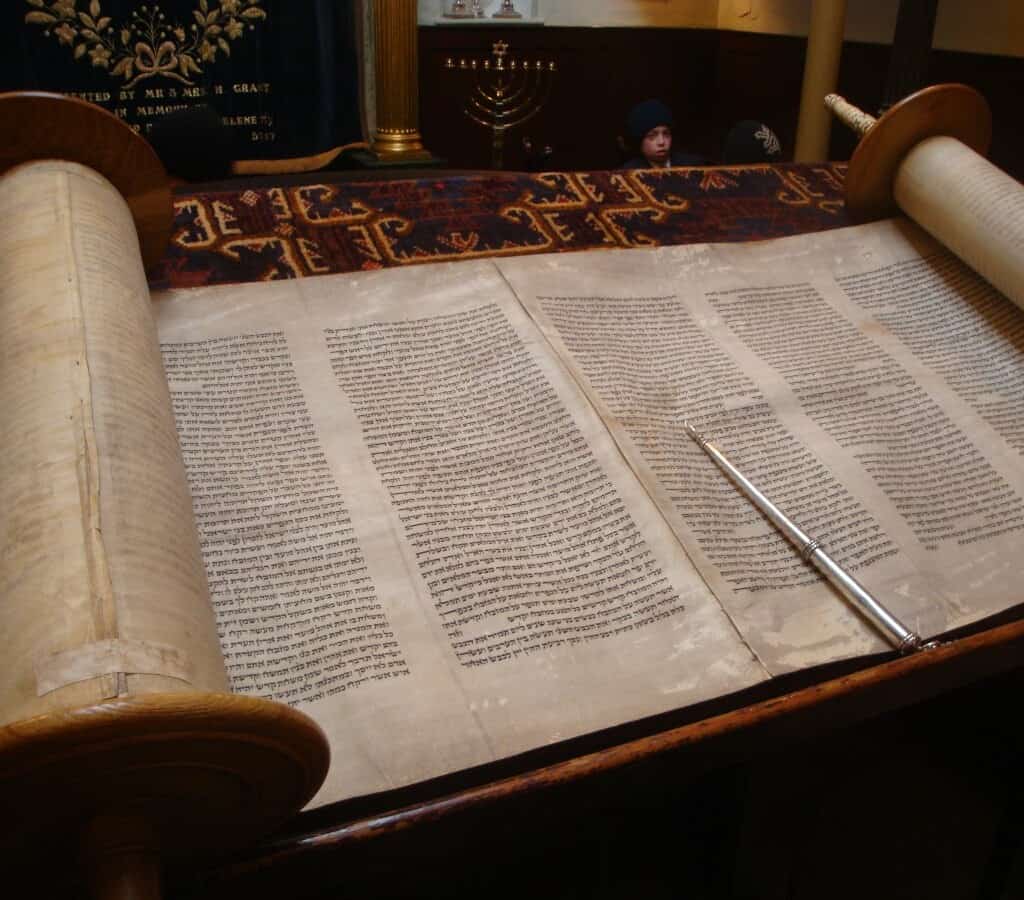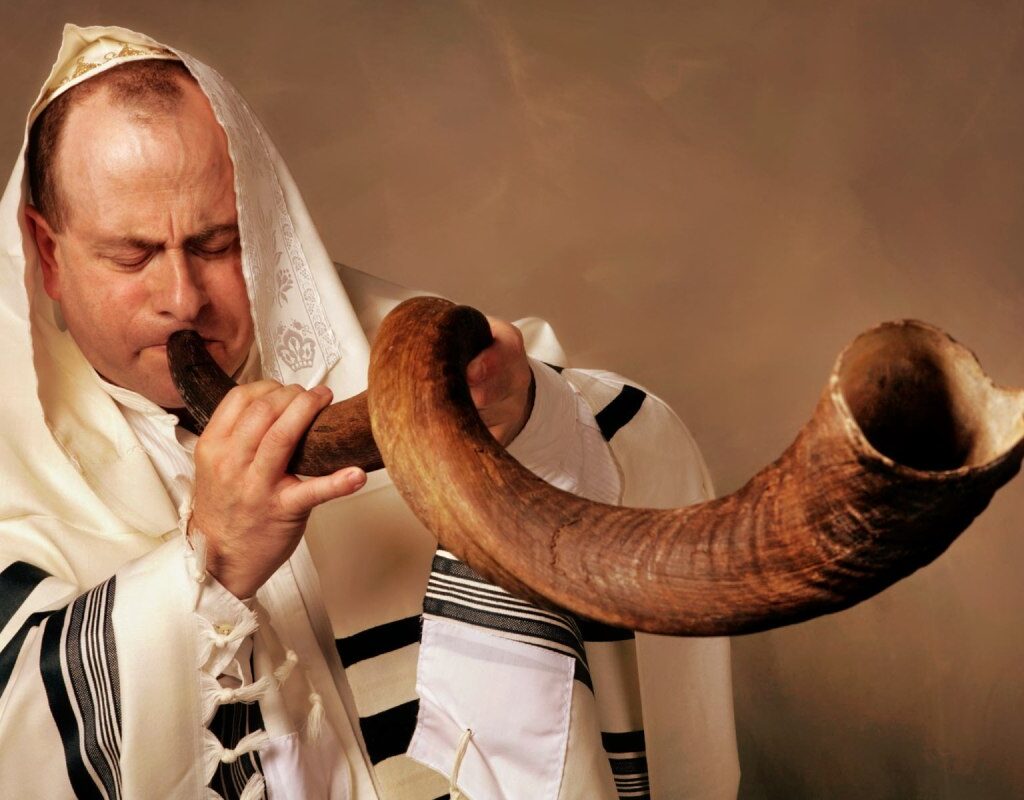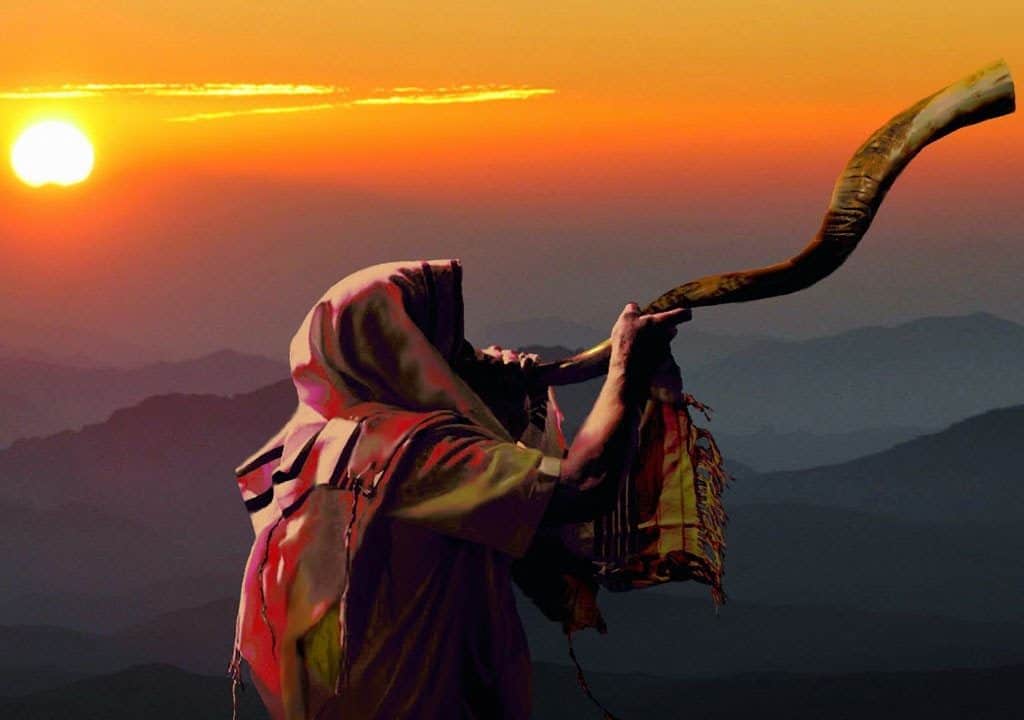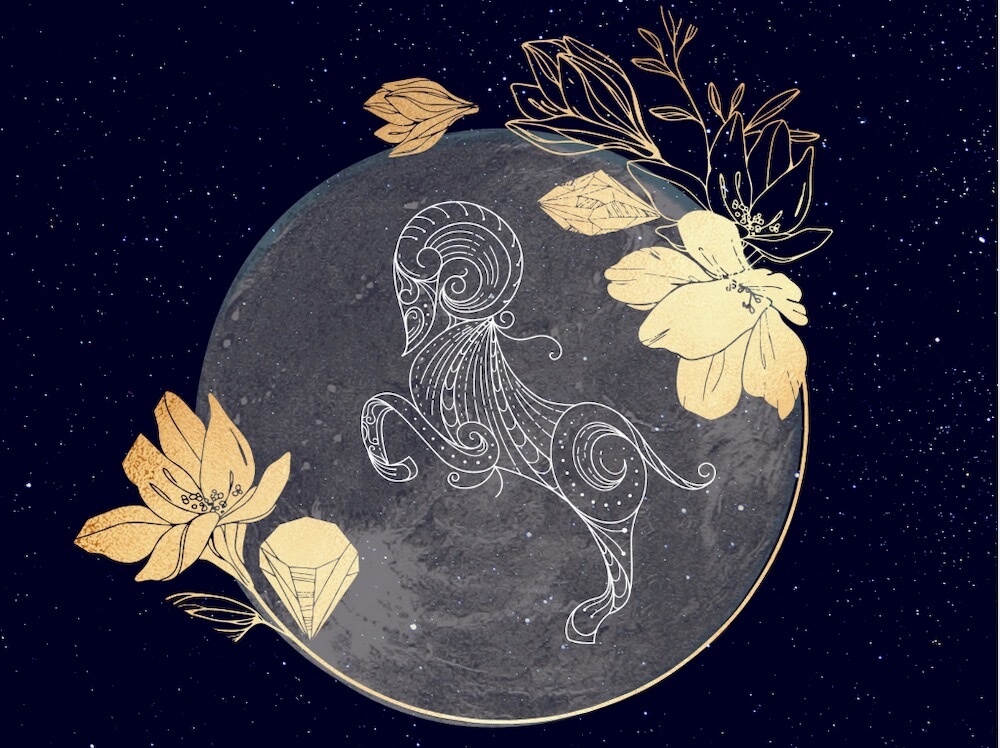The month of Sivan, the third in the Jewish calendar, is a period rich with historical, spiritual, and Kabbalistic meanings. This month stands out primarily for commemorating the giving of the Torah. This event marks one of the most transcendent moments in the history of the Jewish people.
Kabbalistic Significance of Sivan
According to the Sefer Yetzirah, a fundamental text of Jewish Kabbalah, each month of the year associates with a letter of the Hebrew alphabet, a zodiac sign, one of the twelve tribes of Israel, a human sense, and a body organ. Sivan is no exception. This month links with the Hebrew letter zayin, the zodiac sign of Gemini (Teomim in Hebrew), the tribe of Zebulun, and the sense of “walking.”
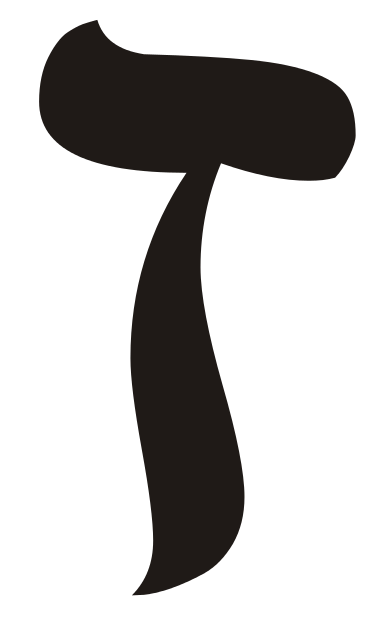
Additionally, the letter zayin, with its numerical value of seven, reinforces Sivan’s deep connection with the number seven. This link appears in multiple aspects. It ranges from the giving of the Torah on the seventh day of the week to the association with Zebulun, whose initial is also a zayin.
The Giving of the Torah
The Torah was given in Sivan during the festival of Shavuot, celebrated on the sixth day of this month. This event resembles a “wedding” between God and Israel. This union is eternal and symbolized by the two tablets of the testimony received by Moses on Mount Sinai.
Moreover, Kabbalah describes this giving not only as a historical event but also as an act of spiritual creation. The letter zayin, associated with Moses, symbolizes prophecy and direct connection with the divine. This is reflected in the Hebrew word “Zeh” (this), which has a numerical value of 12, reinforcing the connection with the twelve months and the twelve tribes of Israel.
Gemini and Duality
The zodiac sign of Gemini, represented by twins, evokes the duality present in the Torah and in human nature. Kabbalah explains that this duality manifests in the story of Jacob and Esau, two brothers with opposing inclinations. Together, they symbolize the totality of the human being and the ability to reconcile and balance opposing forces.
Similarly, Kabbalah describes the giving of the Torah as a kind of wedding between God and Israel. In the Song of Songs (5:2), the highest level of marital union is symbolized by two identical twins. However, the Torah presents two very different twins, Jacob and Esau. They symbolize the two opposing inclinations present in every Jew. The power of the Torah given in Sivan can rectify and unite these two opposites.
Zebulun and the Sense of Walking
The tribe of Zebulun, assigned to Sivan, is known for its role in commerce and its support of Torah study, represented by the tribe of Issachar.
This relationship highlights the interdependence between material effort and spiritual development. Kabbalah relates Zebulun to the sense of “walking,” symbolizing progress and constant movement towards higher goals. According to the Arizal, one of the great Kabbalistic masters, the origin of Zebulun’s soul is in “Keter.” This is above Issachar’s soul, which is in “Chokhmah.”
The physical and spiritual dimension of walking in Sivan holds profound significance. While speaking is a more spiritual act, walking has a more physical dimension. Nevertheless, both possess an inner spiritual dimension. This sense of walking associates with the left foot, considered the controlling organ of this month.
Prophecy and Symbolism
The letter zayin resembles a VAV with a crown on its head. It symbolizes the crown that each Jewish soul received at the giving of the Torah. In the Ten Commandments, there are 620 letters, which coincide with the numerical value of the word “Keter” (crown). This connection reinforces the idea that the giving of the Torah was not only a historical event but also an act of conferring a spiritual crown to each member of the Jewish people.
Furthermore, the month of Sivan leads to the initial portions of the Book of Numbers, particularly Beha’alotcha. Here, we find a section of two verses separated from the preceding and following text. According to the sages, this symbolizes the division of the Torah into seven books, instead of the usual five.
Importance of the Number Seven (7)
The number seven holds recurring importance in Jewish tradition. It is not only present in the week of creation, culminating in the Shabbat, but also in numerous rituals and festivities. In Sivan, this number takes on special relevance, as the seventh day of the week (Shabbat) and the seventh day of the month (according to some traditions) mark key moments in the giving of the Torah.
Similarly, the connection of Sivan with the letter zayin and its numerical value of seven underscores this importance. The gematria (numerical value) of the word “Zeh” is 12, equal to the months of the year and the tribes of Israel, adding another layer of meaning to the month of Sivan.
Final Conclusion
The month of Sivan, full of Kabbalistic, historical, and spiritual meanings, invites us to reflect on the giving of the Torah and its ongoing relevance in our lives. Through its multiple connections, this month offers an opportunity to deepen our understanding of Judaism and appreciate the complexity and beauty of our traditions.
In conclusion, the richness of these elements reminds us of the importance of each detail in our history and spirituality. This invites us to celebrate and learn more about our roots. Ultimately, the month of Sivan is a celebration of the union between the divine and the human. It is also a reaffirmation of the values and teachings that have guided the Jewish people through the centuries.

